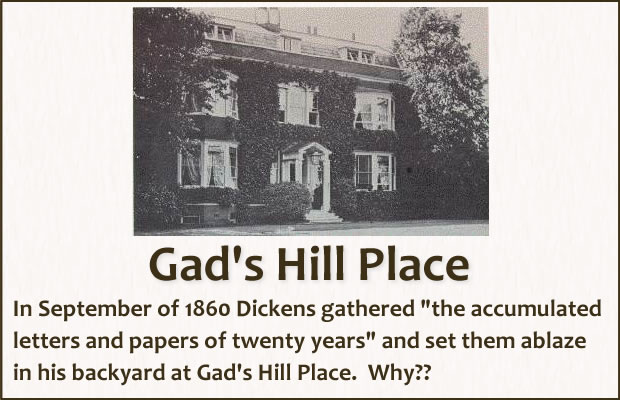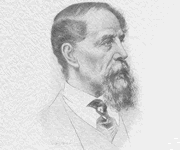Bonfire at Gad’s Hill Place
Updated January 10, 2025 – Originally Published July 5, 2012
In September of 1860, behind his home at Gad’s Hill Place, Charles Dickens gathered “the accumulated letters and papers of twenty years” and set them ablaze in his backyard.
Did the bonfire mark a turning point in his life or was he trying to cover his tracks?
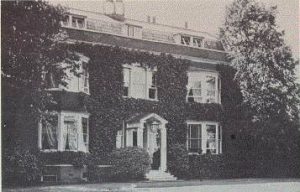
Gad’s Hill Place – Dickens bought the home in 1856
Why Did Dickens Burn his Letters?
There seem to be two factors in his life that could explain this drastic action. His motivation might have been fear of the press. Another possible reason for his actions might be that he was attempting to come to terms with a challenging time in his life.
Fear of the Press
The first possible motivation is fear of the press. He was concerned that his personal letters would be published and details of his life would become public knowledge.
What did Charles Dickens have to hide?
In 1858 he had a very public separation from his wife. What wasn’t widely known was that he had a mistress.
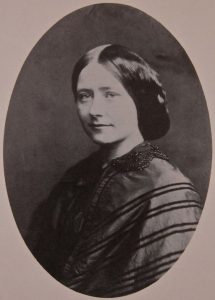
Ellen Ternan in 1858
Ellen Ternan, his mistress, was an actress who was much younger than Dickens. If his relationship with Ellen had become public knowledge, it would have created a scandal.
However, Charles Dickens had even more secrets. These secrets went back to his childhood.
In 1843 he’d written about workhouses and prisons in A Christmas Carol. However, very few people knew that Dickens’s father had been sent to Marshalsea prison for failure to pay a debt. Charles Dickens, then only twelve years old, was sent to work in a shoe-polish factory.
Dickens was deeply scarred by these incidents and rarely spoke of them.
Charles Dickens in 1860 – A Challenging Time
A second inspiration for the bonfire at Gad’s Hill Place could have been that Dickens was at a turning point in his life. He had lot going on in 1860!
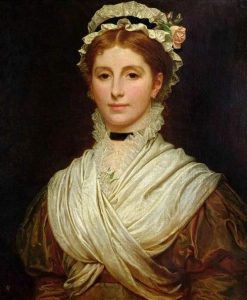
Kate in a painting by her second husband, Charles Edward Perugini
In July of 1860 Dickens’s favorite daughter, Kate, married. Her husband Charles Allston Collins was the younger brother of Wilkie Collins. Dickens didn’t consider it a good match. That must have made the lack of the fiery tempered “Lucifer Box” around Gad’s Hill Place even harder to bear for Dickens.
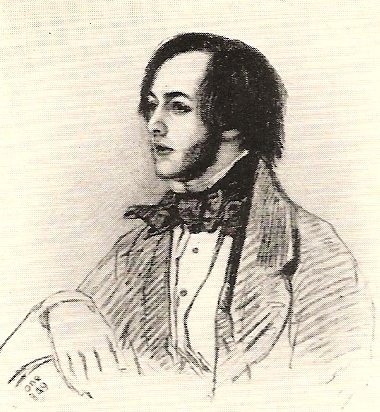
Alfred Lamert Dickens (March 1822 – July 27, 1860)
Ten days after his daughter’s wedding Dickens’s brother, Alfred, died from pleurisy. He left behind his widow, Helen, and their five children.
As if that wasn’t enough, around this time Dickens’s mother, Elizabeth, became senile and needed constant care. Making the best out of a challenging situation, Dickens arranged for his sister-in-law Helen to care for his mother.
All of these items could have motivated Dickens, at least on a subconscious level, to try to make order out of chaos. What better way deal with this turning point in his life than to make a clean sweep of his personal papers?
Overcast the Face of Heavens
Whatever his motivations, we can only imagine the things we might have learned about the era, Dickens’s life and the lives of famous Victorians were it not for that fire. Burned on that day were letters from authors like Wilkie Collins, George Eliot, and William Makepeace Thackeray.
Dickens’s two youngest sons, Henry and Plorn, carried out baskets and baskets of letters to feed into the fire. His daughter Mamie begged him to reconsider and save some of the correspondence. However, Dickens was determined that the task be completed.
As they were finishing it began to rain. Dickens said, “I suspect my correspondence of having overcast the face of the Heavens.”
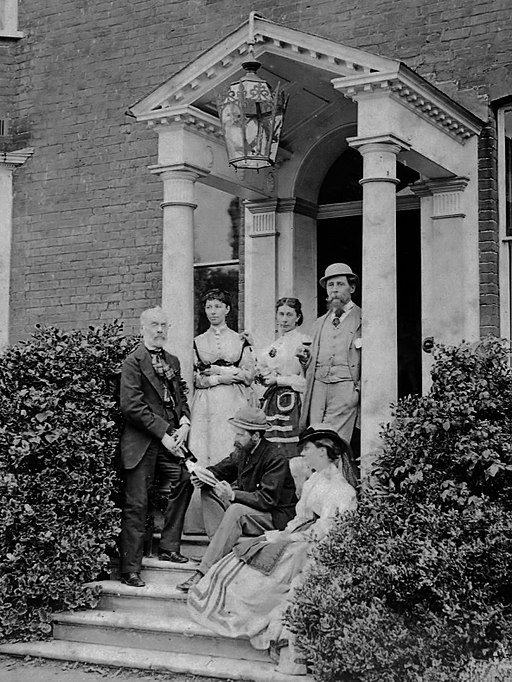
The above photo shows Dickens at Gad’s hill in 1862. The back row from left to right is; H.F. Chorley, Kate Dickens, Mamie Dickens, and Charles Dickens. Seated are C.A. Collins and Georgina Hogarth.
Learn More About Gad’s Hill Place
- Gad’s Hill Place – When he was a boy Charles Dickens and his father took a walk through Kent. On Gravesend Road they passed a house called Gad’s Hill Place.

